Integrity Freeform Lenses with
IOT Steady and Steady Plus Methodology
Patented Freeform Lens Technology by

Reducing Swim
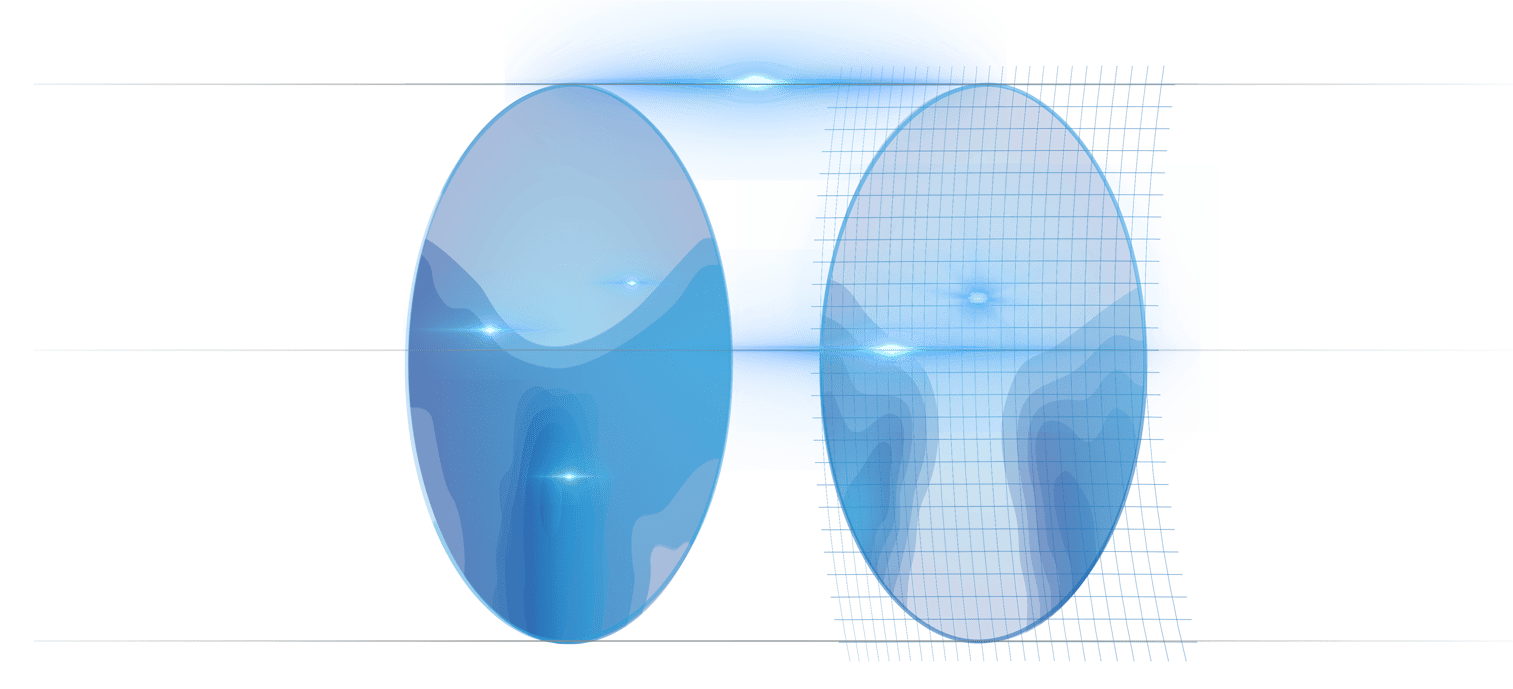
The uncomfortable feeling of unsteadiness experienced when wearing and trying to adapt to progressive lenses is commonly known as the “swim effect” .
Mean power error or spherical equivalent power is the cause of the "swim effect" and can be a problem in peripheral lens optics.
Steady Methodology reduces mean power error almost to zero in the lateral areas of the progressive lens providing improved image stability. The wearer experiences immediate improvement in overall visual performance.
Past efforts to reduce swim effect in progressive lenses have primarily focused on the reduction and precise placement of unwanted cylinder error in the lateral areas of the lens. However, unwanted mean power also plays a significant role in the perception of swim effect, and in overall wearer satisfaction. Steady Methodology changes that.
Distribution of spherical equivalent power error with
Steady Methodology and Steady Plus Methodology
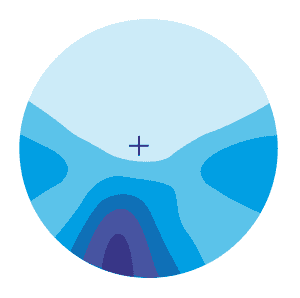
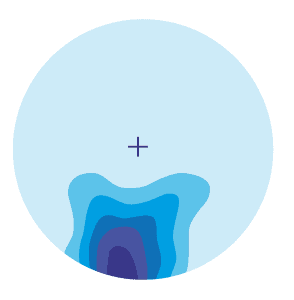
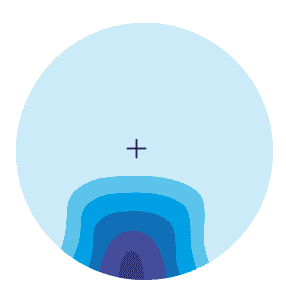
Traditional Progressive Lens
A freeform lens computed without Steady Methodology
Lens with Steady Methodology
A freeform lens computed with Steady Methodology
Lens with Steady Plus Methodology
A freeform lens computed with Steady Plus Methodology - Available only on Camber blanks.
In a double-blind study, test wearers compared the same progressive design, one with Steady Methodogy and the other without it.
%
REPORTED EXCELLENT VISION AT DISTANCE
%
REPORTED IMPROVED VISUAL COMFORT
Steady Methodology Explainer Video
Integrity Freeform Lens Technologies from IOT
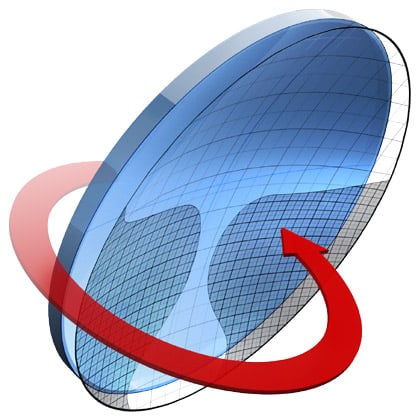
Essential (Basic)
Steady Methodology
Non-Compensated Design
Essential is the entry-level technology for digital lenses. The progressive surface is calculated using IOT's Steady Methodology providing improved performance over conventional progressive lenses, with the accuracy and flexibility of the digital freeform process.
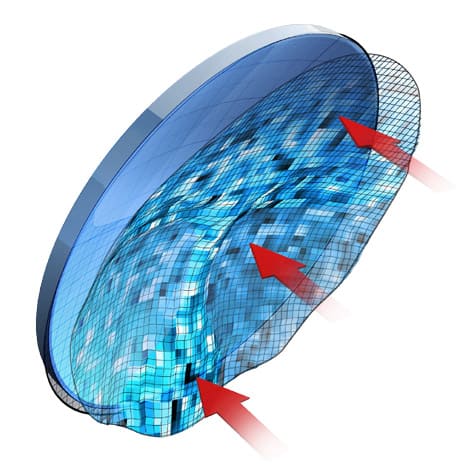
Endless (Advanced)
Steady and Digital Ray Path 2
Compensated Design
Endless is the most advanced technology used to make digital lenses. Endless combines IOT's Digital Ray-Path® 2 and Steady Methodology to take into account the real measured or default wearer position of the lens and the natural movements of the human eye.
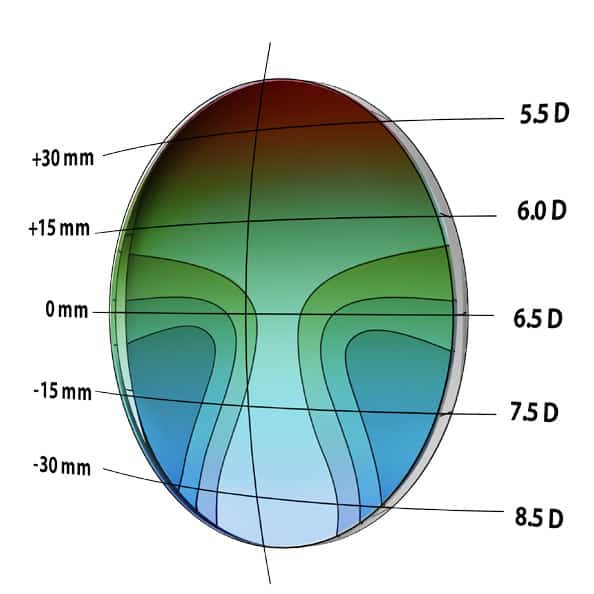
Camber
Camber, Steady+, and DRP2
Compensated + Camber Blanks
Camber Technology combines Endless technology with a unique, lens blank with a steepening base curve in the direction of the add power . When combined with IOT's Digital Ray-Path® 2 and IOT's Steady+ Methodology, both surfaces work together to expand power ranges, offer better cosmetics, and widen intermediate and near vision zones.
* When comparing to other brand's "good better, best" options, it is important to note that the "Advanced" technology is equivalent to the "best" on the market, while Camber takes it to another level, incorporating the Advanced technology PLUS the special Camber lens blank, making it unlike any other lens available. What's more, you easily choose the ideal design for your customer or patient based on Rx or lifestyle and THEN select from "good, better, best" ensuring the most ideal and customized outcome for their visual needs.
Steady Methodology
Learn More
Digital
Ray-Path 2
Learn More
Camber
Technology
Learn More
